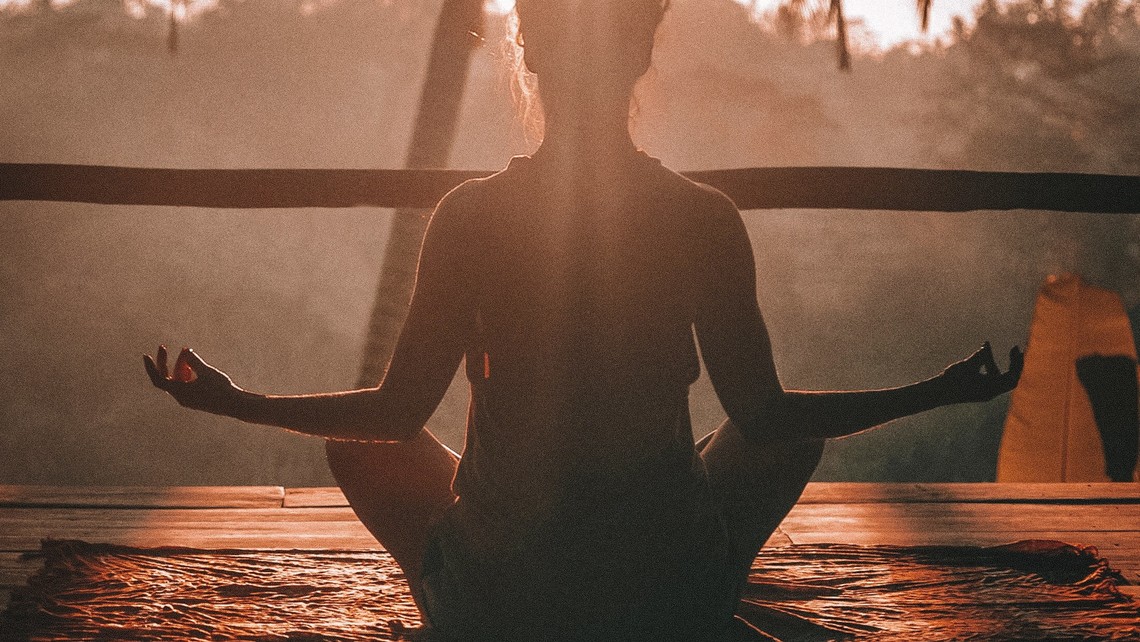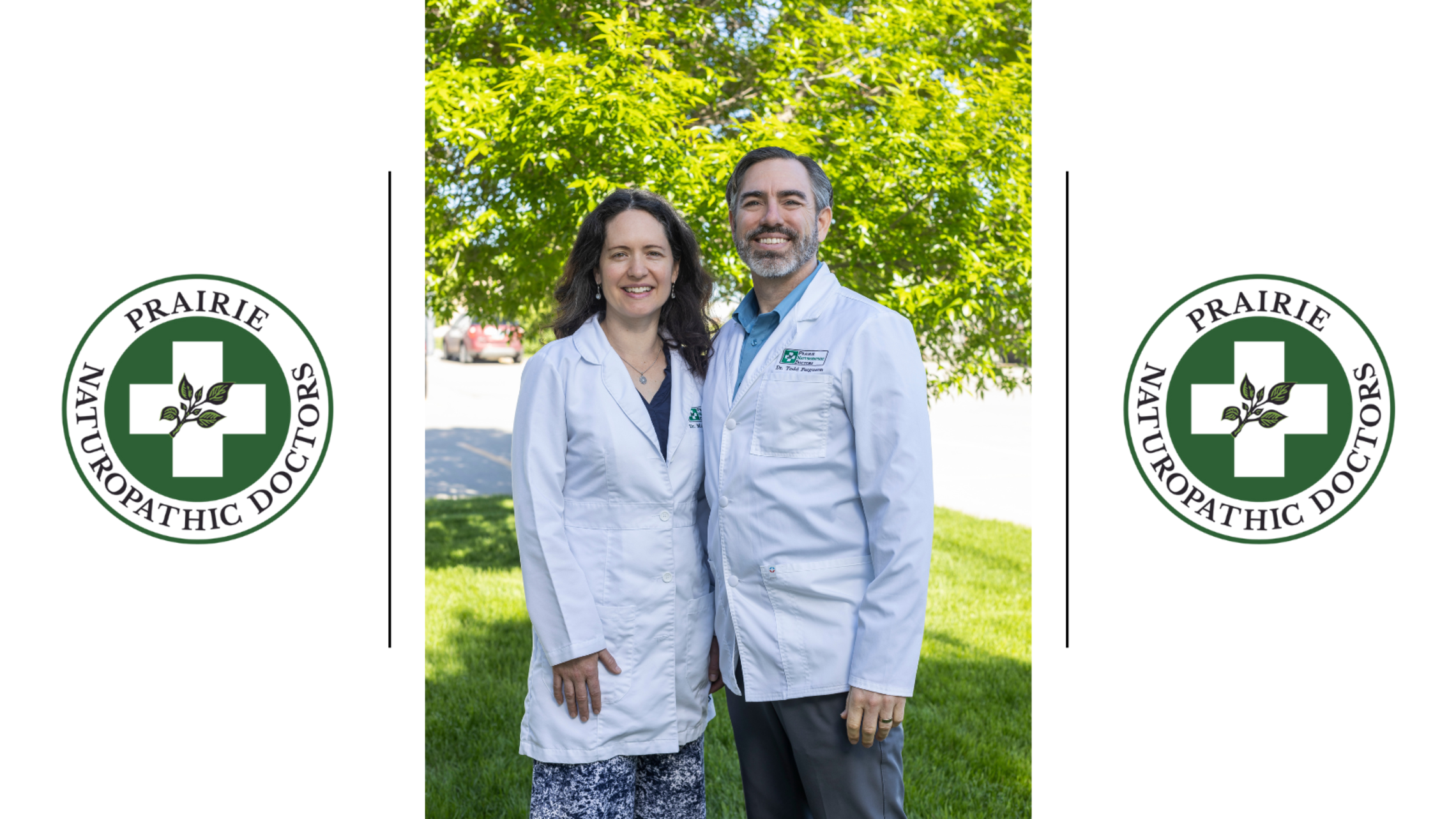Building Stress Resilience Part II: Taking Action to Reduce Stress

Building your own Stress Resilience Program will take time, patience, and persistence. It will also require you to show yourself an abundance of compassion. This is a dynamic process; there is no concrete formula for the program, since every individual responds uniquely to stress. And for the same reason, nobody else can build your program for you. It’s up to you.
How shall we begin?
The first step will be to build an awareness of our stress responses, both acute and chronic, in body and mind. Next, we will learn how to regulate those responses in the moment. After that, we’ll talk about how to connect with others for support. Together, we’ll build a “resilience toolkit,” so that we can be ready when life throws us curves. The final step will be to integrate what we’ve learned into our daily practice.
Right now, let’s just zone in on the three steps for resiliency:
1. Awareness: We must become aware of what we react to (even when it’s an unconscious reaction), how we react in mind and body, and then shift that reaction to a conscious directed response. This shift is called present-tense awareness.
Awareness means “to bring into consciousness.” It is the state of being awake to your surroundings. Awareness breeds acceptance of what is, which then reduces tension and strain. After all, you cannot change something which you don’t know is there, right? So, awareness ultimately leads to healing.
Here are some tools for building awareness:
- Thinking and reflecting
- Journaling
- Mentorship
- Counseling
- Seeking an objective viewpoint
- Somatic inquiry, such as a body scan (remember to approach the sensation with curiosity)
- Emotional tracking or tending
- Listening to other peoples’ experiences
- Reading about other peoples’ experiences
- Meditation
- HeartMath, an excellent toolkit for stress identification and regulation (additional info at: www.heartmath.com & www.heartmath.org.)
Almost anything can become an awareness-building practice if you approach it as such: music, movement, breathing. There are different levels of awareness when it comes to our individual experiences of stress: physical, mental, emotional, spiritual, social, energetic, and even environmental. For example, take a moment to think about how stress affects your nutritional choices, your relationships, your work, and your finances.
2. Prevention: Stressors, or “Adverse or very demanding circumstances,” are inevitable. We have a choice in how we relate to those stressors, and how they affect us in the long-term. Stress is a temporary state. It is our job to prevent it from becoming a constant, ongoing state.
Here are some tools for stress prevention:
- Physical Tools: Herbs, nature, hydrotherapy, body movement, essential oils
- Emotional Tools: Self-awareness, compassionate self-honesty, honesty in relationships (Communicate feelings honestly to the best of your ability), emotional digestion (Emotions are meant to be FELT; if you can see it, allow yourself to feel it and it will move on through.)
- Mental Tools: Accountability/practicing responsibility, letting things go and accepting what IS, watching your thoughts, looking through a variety of lenses, affirmations, and studying your self-talk tendencies
- Spiritual Tools: First, know where you are in your spiritual health and wellness journey; it will change throughout your life. It’s always going to be personal, but it will be linked to your community. Know yourself; know how you find meaning in your life. Your spiritual resilience is the ability to maintain a positive spirit, even in the face of adversity. Seek strength through a “higher” power. Try prayer, meditation, reading and applying, music, being in nature, or connecting with a like-minded community.
- Energetic Tools: What depletes you? What energizes you? These are clues to your energetic response to people, places, and activities. Surround the outer edge of your space with plants, personal photos, or something that creates a psychological barrier. Get noise cancelling headphones. Create a “letting go” ritual for leaving work. Burn sage. Do a visualization meditation to “shake it off.”
3. Action: This is the part where YOU begin to build your Toolkit. You have ACTIVELY CHOSEN to prioritize your health. And we at Prairie Naturopathic Doctors are here to help.
Remember: Build Health. Live Well.
Check out our recommendations below or our page for more.
Our recommended products - stress resilience





